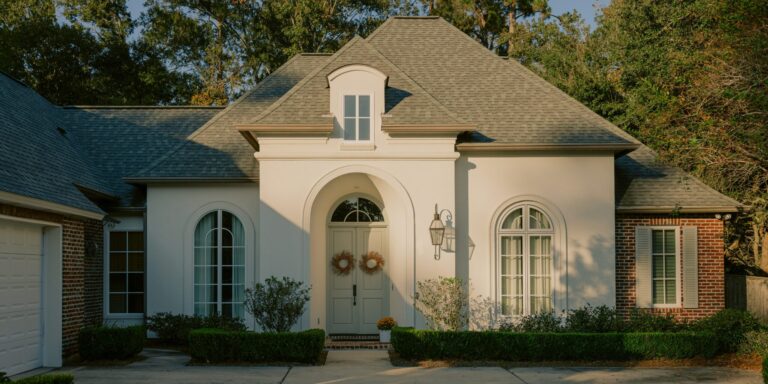As of August 2025, the U.S. housing market is experiencing early signs of stabilization, marking a notable shift from the rapid price increases and heightened competition that characterized previous years. After a period of record-setting home price growth and an intensely competitive market, recent data suggests that home prices are cooling slightly, and the inventory of available properties is rising, signaling a transition toward a more balanced real estate environment. This change presents a potential opportunity for both buyers and sellers to reassess their strategies in a market that appears to be moving away from the frenzy that characterized previous years.
Recent reports highlight a decrease in home prices in several of the country’s most populous metro areas. In 14 of the 50 largest metropolitan areas, home prices have dropped when compared to the previous year. Cities like Oakland, West Palm Beach, and Austin, which had previously seen dramatic price hikes, are now seeing more modest price adjustments. This shift marks a significant change from the aggressive price growth that had been driving much of the housing market in recent years. Alongside these price adjustments, housing inventory is on the rise. For the first time since winter 2019, active listings have surpassed 1 million, elevating the national housing inventory to a 4.4-month supply, the highest it has been in over five years. This increase in available properties is contributing to the sense of stabilization in the market, as buyers now have more options than they have had in recent years.
Read Also: https://rentmagazine.com/u-s-housing-market-shows-early-stabilization-in-july-2025/
While this surge in inventory and cooling home prices offer potential relief to buyers, mortgage rates remain a significant challenge. Although there has been a slight decline in mortgage rates, with the average rate for a 30-year fixed mortgage currently hovering around 6.77%, these rates remain well above the historically low sub-3% levels seen during the pandemic. This ongoing disparity between home prices and interest rates continues to put pressure on affordability, making it difficult for many buyers to enter the market. While the slight dip in rates has made mortgage payments a bit more manageable, they still remain a major obstacle for many would-be homeowners, particularly as home prices in many regions continue to outpace wage growth.
The shifting housing market is also revealing stark regional variations. For example, Pittsburgh, despite its overall price increase of 8.7% year-over-year, is still considered relatively affordable, with a median home price of $250,000. In contrast, regions like Cape Coral, Florida, have seen a significant decline in home prices, dropping by 11% over the past two years. In Cape Coral, over 50% of homes have experienced price reductions. These regional disparities highlight the complexities of the housing market and underscore the importance of local dynamics in shaping affordability and availability. While some areas may be experiencing price growth, others are seeing prices stabilize or even decline, creating a diverse set of conditions across the country that buyers and sellers must navigate carefully.
Sellers, too, are adapting to these changing market conditions. As competition for homes has eased and inventory levels rise, many sellers are adjusting their expectations and strategies to attract potential buyers. One trend that has emerged is a focus on enhancing the appeal of properties through light, airy décor and the use of digital tools, such as virtual tours, to attract buyers from a wider geographical area. These digital tools have become an essential part of the home-buying process, allowing prospective buyers to view properties without having to attend in-person showings. Additionally, sellers are increasingly willing to reduce their asking prices in order to remain competitive in a market that has become more buyer-friendly. As of May 2025, nearly 19.1% of listings featured price reductions, marking the highest share of price cuts for any May since at least 2016. This shift indicates that sellers are becoming more flexible and are adjusting their expectations in response to market conditions.
Looking ahead, the outlook for the housing market remains mixed. Increased inventory and slight price declines may provide more opportunities for buyers, but the affordability challenge posed by relatively high mortgage rates continues to be a significant concern. Economists predict that mortgage rates will likely remain in the mid-6% range throughout the summer of 2025, with the possibility of slight decreases later in the year. As the market stabilizes, both buyers and sellers will need to carefully consider their strategies and adjust to the evolving dynamics of the housing market.
In conclusion, the U.S. housing market in 2025 is showing early signs of stabilization, characterized by cooling prices, rising inventory, and regional variations in market conditions. While buyers may find more opportunities than in the past, high mortgage rates continue to be a major challenge. Sellers, on the other hand, are adjusting their strategies in response to the changing market, using digital tools and offering price reductions to stay competitive. The overall outlook is cautiously optimistic, as both buyers and sellers navigate a more balanced market that is transitioning away from the intense competition and rapid price increases of previous years.
